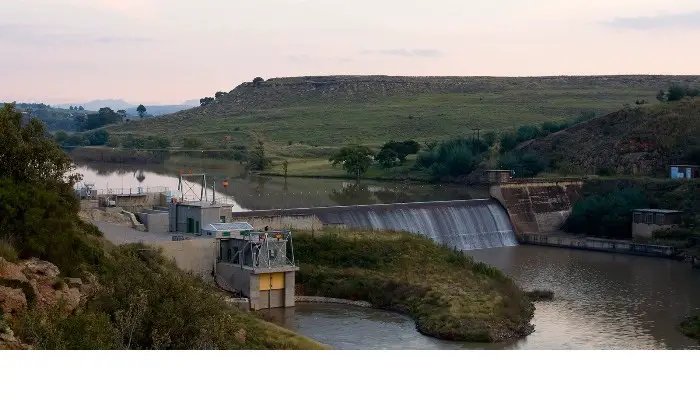Pöyry Global, in conjunction with the Economic Community of West African States (ECOWAS), and the ECOWAS Centre for Renewable Energy and Energy Efficiency (ECREEE) has mapped out a small-scale hydropower development potential in 14 West African Countries.
Pöyry said this was accomplished through the use of the latest geographic information system (GIS) technology. The groundbreaking data, which maps the hydrological conditions, the hydropower potential as well as climate change information.
This will be utilised by stakeholders in each country to identify and implement vital hydropower projects, with a purpose to develop reliable and sustainable long-term solutions to the energy challenge.
Development of the hydropower resources in most ECOWAS countries has been hampered by economic conditions as well as lack of information on river flow, topography and hydropower potential.
Also uncertainty with respect to the possible impact of climate change on water availability and hydropower production is considered a risk by potential hydropower investors. The ECREEE hydropower maps developed by Pöyry significantly improve the data base for small hydropower development in the region and also provide valuable information for medium and large projects.
Martin Fuchs, Section Head Hydro Consulting, Pöyry termed the partnership between the firm and ECREEE has resulted in an important source of information for hydropower master planning at the national level and will support potential investors in decision-making, investment planning and risk management.
He further added that they hope to reproduce the success of this project in other regions of Africa, Asia and South America.
In the findings, Nigeria was identified as having the highest theoretical hydropower potential of all 14 ECOWAS countries studied, whereas Guinea, Sierra Leone and Liberia show a high potential for small hydropower whilst Mali and Niger are unsuitable for small projects.

